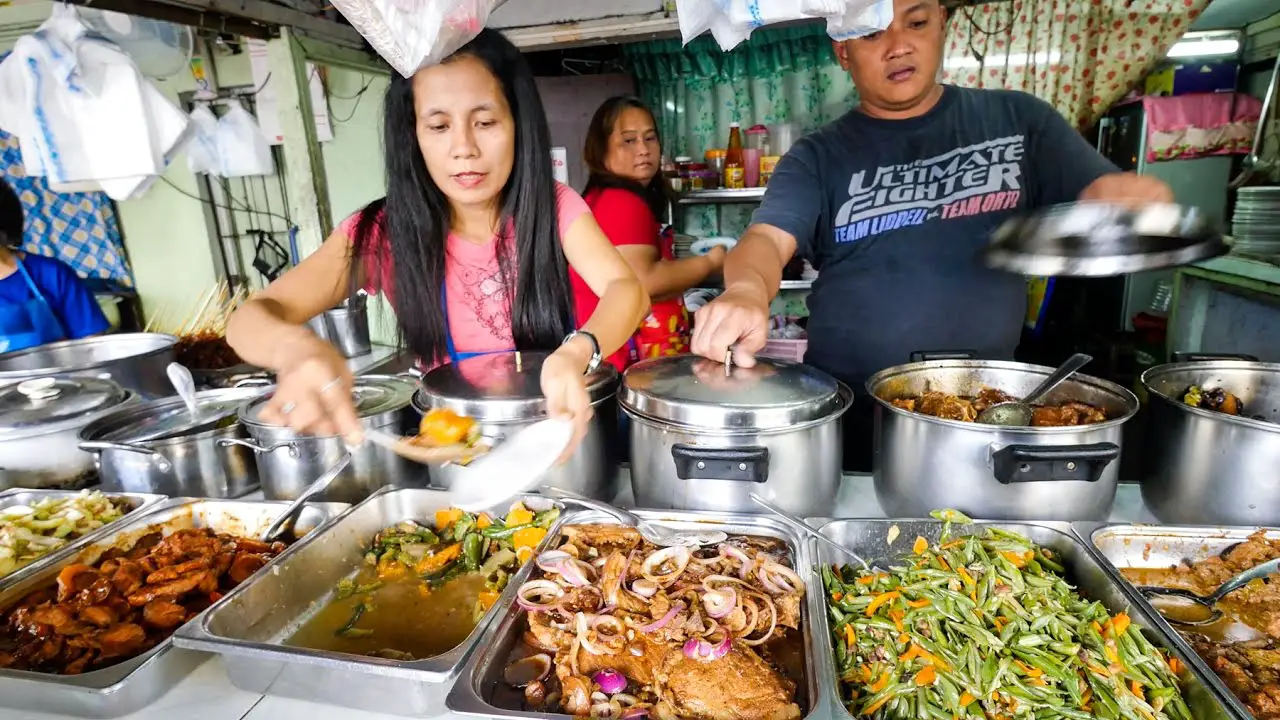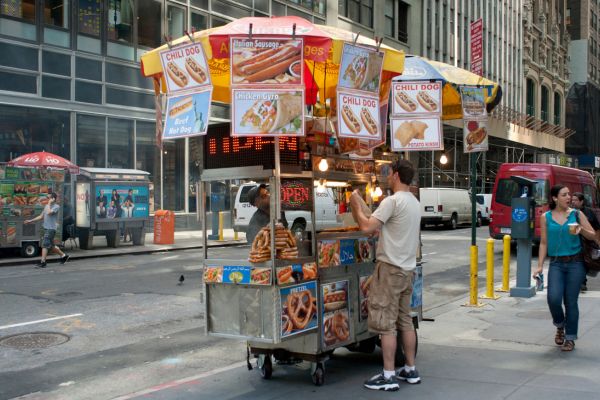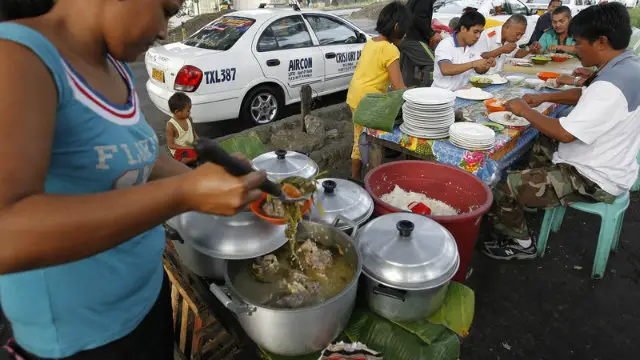Food business in the Philippines is an attractive prospect as plenty of opportunities await those who venture in the sector. Carinderia businesses extending as catering services for parties and celebrations, standalone restaurants serving specialty dishes, franchising popular fast food chains, or take out food stalls at marketplaces or shopping malls are just a few examples.
But for this article let us focus on small eatery business, locally known as carinderia. This business venture is popular for their quick service, low-priced and wide variety of choices suitable to workers, students and average income families. By just pointing on the dish you wish to order, hence the term ‘turo turo’ (pointing finger) which also refers to this type of food business.
But while prospects are bright, given the right combination of delicious menu, reasonable pricing and strategic location, there are challenges that restaurateurs in the Philippines may face during their day-to-day operations.
Table of Contents
Availability of capital
Carinderia businesses, while already off the ground and starting to attract loyal customers, occasionally encounter problems raising capital to upgrade facilities such as cooking utensils, fixtures (electric fans, more tables, bigger freezers, etc), as well as expanding menu offers. This is because margins may be thin and often incorporated in daily operating expenses — utility costs, staff wages, supplies and ingredients.
Without infusion of fresh capital money, every day can be a challenging day when operating under tight budget.
Food safety
A common gripe against carinderias operating at certain locations is the quality of ingredients and hygiene conditions. That may be because of the absence of proper sewage and waste disposal, or lack of knowledge among management and staff in handling and storage of food which must be kept at certain temperatures or maintenance of clean operating environment and equipment. Such conditions may contribute to outbreaks of food-borne diseases that might lead to closure of business or loss of customers.
Availability of supply and ingredients
If it’s not the lack of operating capital, it may be the unstable availability of supplies and ingredients. For instance, some ingredients are seasonal and may not be available year-round, or when availability is halted by authorities such as prohibition of consumption of shellfish during red tide pollution at sources or poultry outbreak leading to stoppage of chicken supplies. Also, typhoons may hamper logistics in distribution and sale of vegetables if they are not destroyed and damaged during the natural calamities that occasionally hit the Philippines.
Variety of menu
Sometimes carinderias serve limited choices for customers who may not find what they’re looking for. For those specializing in chicken and pork menus, customers who are looking for halal or fish may skip or look elsewhere for their next meals. And those who are vegetarians may not find anything suitable among the ‘turo turo’ lineup.
Various reasons may attribute this apparent lack of menu. Lack of sustainable supply of ingredients, lack of manpower or capital money to expand the menu list are just a few of them.
Staff turnover
Small carinderia businesses often employ part-time staff who do menial jobs such as dishwashing, table cleaning or waiting for customers and are generally paid low wages. Such careers may be temporary to employees who may consist of students during their off-hours, stay-at-home mothers who accept roles during busy hours and family members of business owners.
Such working arrangements may not be stable especially when the business has just started. As a result, workers may find more attractive opportunities elsewhere such as roles at fastfood chains or when mothers decide to spend full-time housewife roles and students finally graduate and land jobs.
Therefore, staff turnover may be not unusual, and it can be costly for the carinderia to train new hires, if management ever finds suitable ones.
Bonus: Business management
More than just fulfilling a passion for cooking and serving delicious meals to customers, carinderia business requires management skills to handle not only welfare of customers, but also of workers while addressing suppliers and vendors as well as competition.
For example, management needs not only to determine which menu items are popular but also understand this one may not be the most profitable. Workers sulking about extended duty hours, suppliers negotiating for higher price of beverage and ingredients and landlords indicating a raise in rental costs as they see your business prosper, are among the headaches management needs to be prepared to tackle.
If a new competition shows up across the street, the management should be able to deal with it with tactical approach and come up with tangible steps to retain customers or steer away from direct competition.
Conclusion
In a sense, operating a carinderia business may be attractive but also abound with risks that can drag down profits, slow down progress or worse, shutdown the business as a whole.
Keeping in mind these challenges should help those who are interested in opening their carinderia business have an open mind of the possibilities that can happen once they roll the red carpet to welcome their guests to partake of the meals they prepare.









